Changjun Wang
Legal Decision-making for Highway Automated Driving
Jul 10, 2023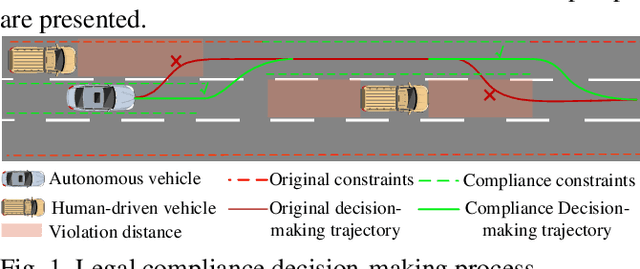
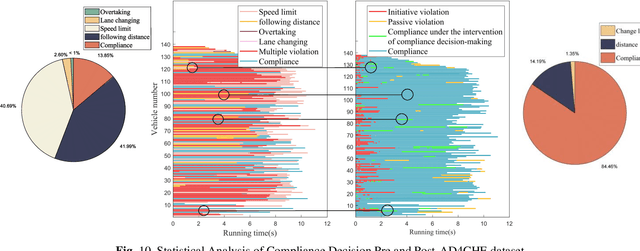
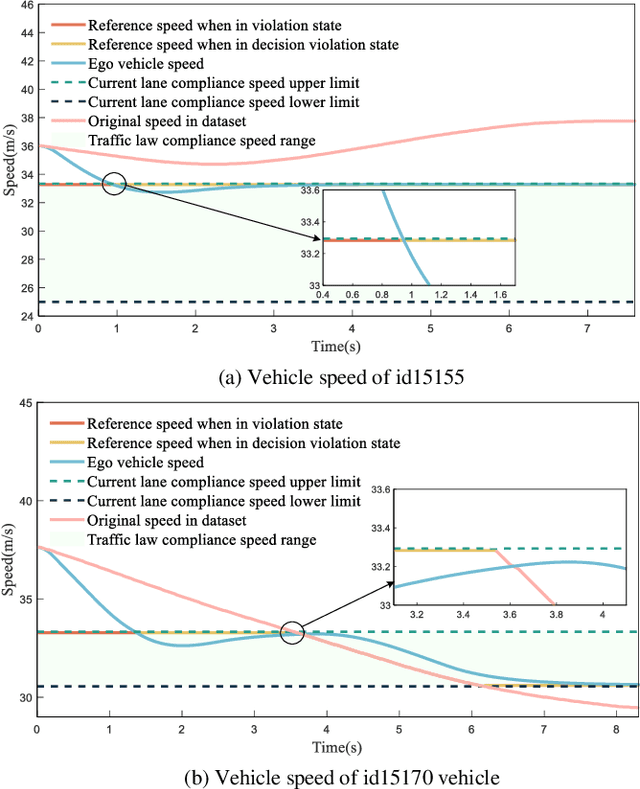
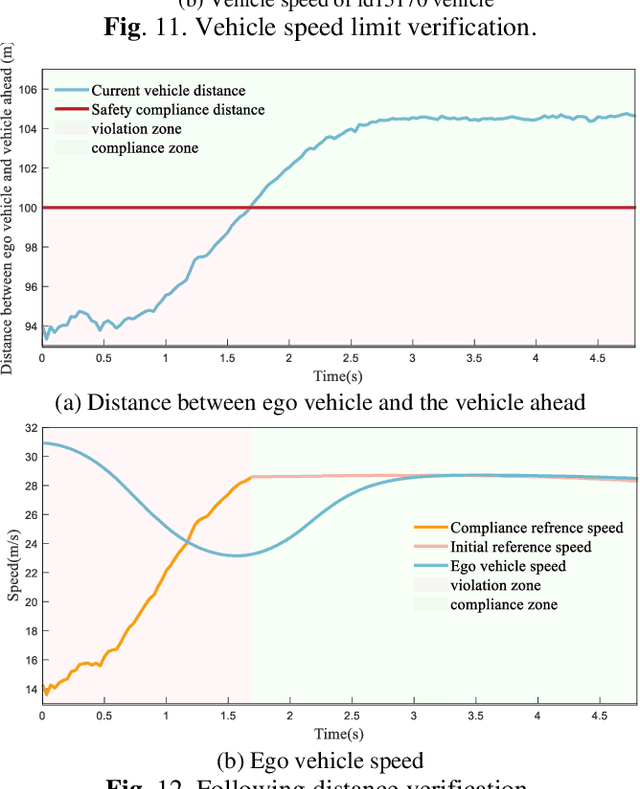
Abstract:Compliance with traffic laws is a fundamental requirement for human drivers on the road, and autonomous vehicles must adhere to traffic laws as well. However, current autonomous vehicles prioritize safety and collision avoidance primarily in their decision-making and planning, which will lead to misunderstandings and distrust from human drivers and may even result in accidents in mixed traffic flow. Therefore, ensuring the compliance of the autonomous driving decision-making system is essential for ensuring the safety of autonomous driving and promoting the widespread adoption of autonomous driving technology. To this end, the paper proposes a trigger-based layered compliance decision-making framework. This framework utilizes the decision intent at the highest level as a signal to activate an online violation monitor that identifies the type of violation committed by the vehicle. Then, a four-layer architecture for compliance decision-making is employed to generate compliantly trajectories. Using this system, autonomous vehicles can detect and correct potential violations in real-time, thereby enhancing safety and building public confidence in autonomous driving technology. Finally, the proposed method is evaluated on the DJI AD4CHE highway dataset under four typical highway scenarios: speed limit, following distance, overtaking, and lane-changing. The results indicate that the proposed method increases the vehicle's overall compliance rate from 13.85% to 84.46%, while reducing the proportion of active violations to 0%, demonstrating its effectiveness.
FDNet: A Deep Learning Approach with Two Parallel Cross Encoding Pathways for Precipitation Nowcasting
May 06, 2021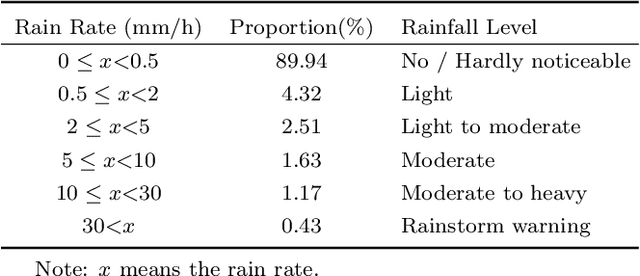
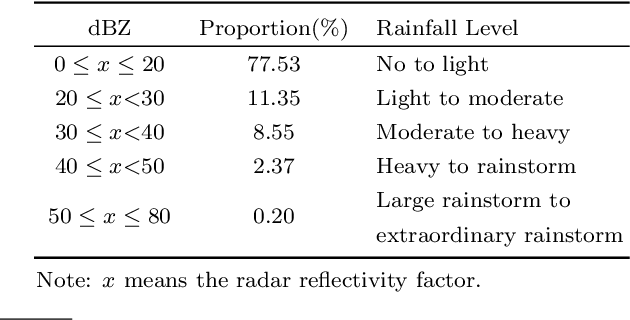
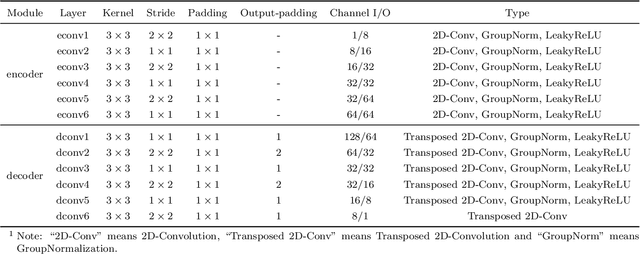

Abstract:With the goal of predicting the future rainfall intensity in a local region over a relatively short period time, precipitation nowcasting has been a long-time scientific challenge with great social and economic impact. The radar echo extrapolation approaches for precipitation nowcasting take radar echo images as input, aiming to generate future radar echo images by learning from the historical images. To effectively handle complex and high non-stationary evolution of radar echoes, we propose to decompose the movement into optical flow field motion and morphologic deformation. Following this idea, we introduce Flow-Deformation Network (FDNet), a neural network that models flow and deformation in two parallel cross pathways. The flow encoder captures the optical flow field motion between consecutive images and the deformation encoder distinguishes the change of shape from the translational motion of radar echoes. We evaluate the proposed network architecture on two real-world radar echo datasets. Our model achieves state-of-the-art prediction results compared with recent approaches. To the best of our knowledge, this is the first network architecture with flow and deformation separation to model the evolution of radar echoes for precipitation nowcasting. We believe that the general idea of this work could not only inspire much more effective approaches but also be applied to other similar spatiotemporal prediction tasks
Convolutional herbal prescription building method from multi-scale facial features
Dec 17, 2018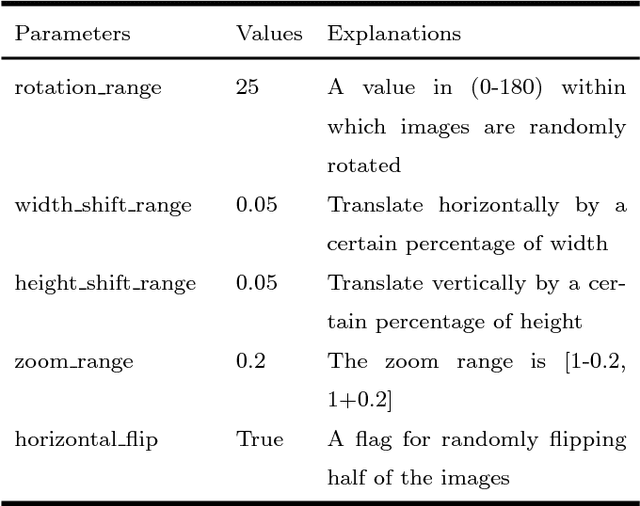
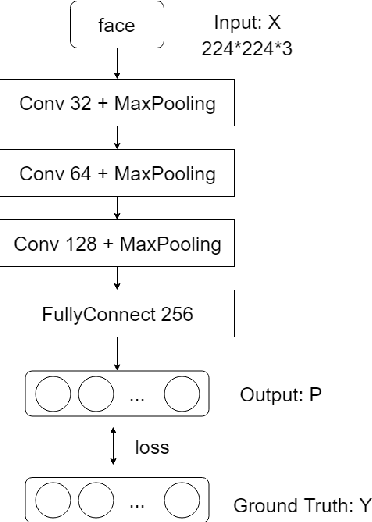
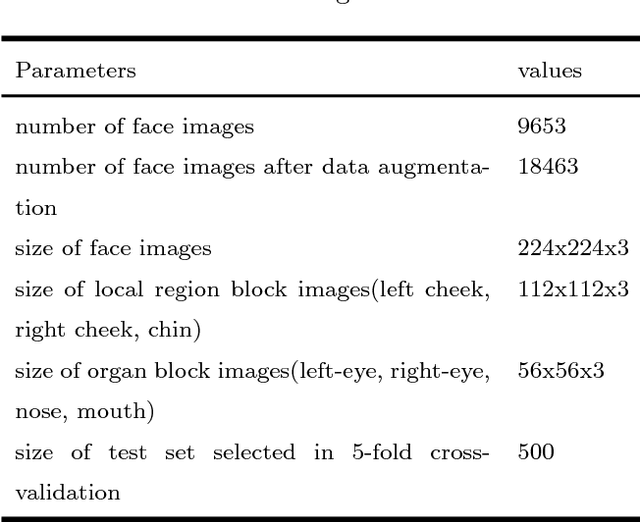
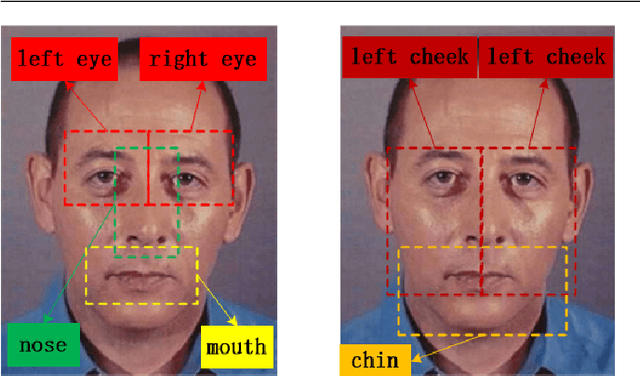
Abstract:In Traditional Chinese Medicine (TCM), facial features are important basis for diagnosis and treatment. A doctor of TCM can prescribe according to a patient's physical indicators such as face, tongue, voice, symptoms, pulse. Previous works analyze and generate prescription according to symptoms. However, research work to mine the association between facial features and prescriptions has not been found for the time being. In this work, we try to use deep learning methods to mine the relationship between the patient's face and herbal prescriptions (TCM prescriptions), and propose to construct convolutional neural networks that generate TCM prescriptions according to the patient's face image. It is a novel and challenging job. In order to mine features from different granularities of faces, we design a multi-scale convolutional neural network based on three-grained face, which mines the patient's face information from the organs, local regions, and the entire face. Our experiments show that convolutional neural networks can learn relevant information from face to prescribe, and the multi-scale convolutional neural networks based on three-grained face perform better.
Automatic construction of Chinese herbal prescription from tongue image via CNNs and auxiliary latent therapy topics
Mar 01, 2018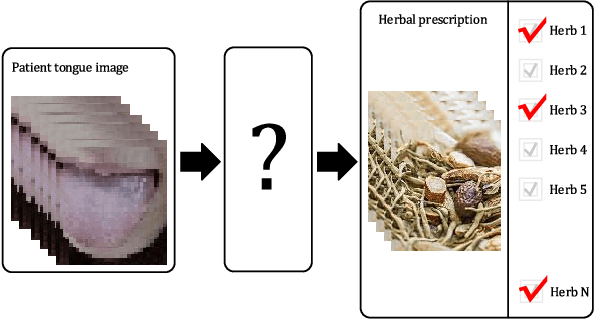
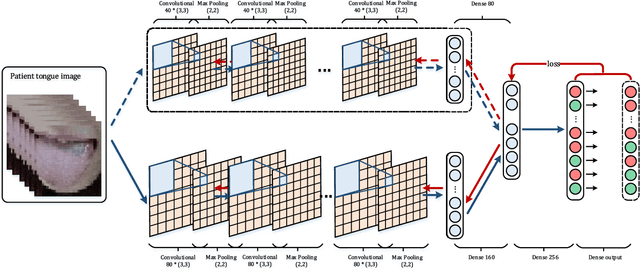
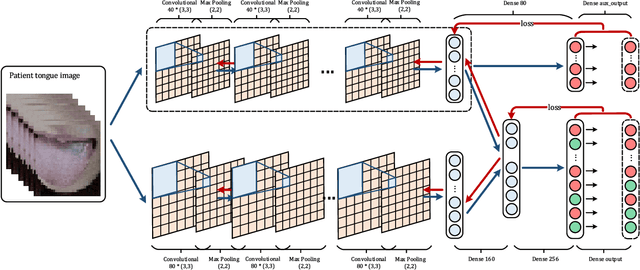
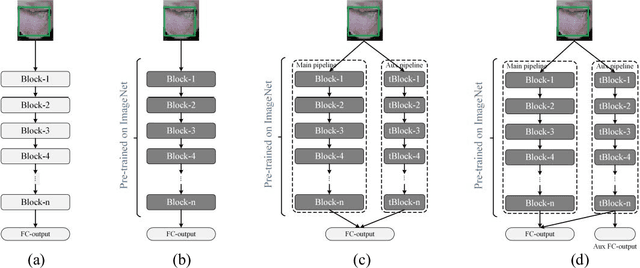
Abstract:The tongue image is an important physical information of human, it is of great importance to the diagnosis and treatment in clinical medicine. Herbal prescriptions are simple, noninvasive and low side effects, and are widely applied in China. Researches on automatic construction technology of herbal prescription based on tongue image have great significance for deep learning to explore the relevance from tongue image to herbal prescription, and can be applied to healthcare services in mobile medical system. In order to adapt to the tongue image in a variety of photographing environments and construct the herbal prescriptions, a neural network framework for prescriptions construction is designed, which includes single / double convolution channels and fully connected layers, and propose the mechanism of auxiliary therapy topic loss to model the therapy of Chinese doctors then alleviate the interference of sparse output labels to the diversity of results. The experimental data include the patient tongue images and their corresponding prescriptions from real world outpatient clinic, and the experiment results can generate the prescriptions that are close to the real samples, which verifies the feasibility of the proposed method for automatic construction of herbal prescription from tongue image. Also, provides a reference for automatic herbal prescription construction from more physical information (or integrated body information).
 Add to Chrome
Add to Chrome Add to Firefox
Add to Firefox Add to Edge
Add to Edge